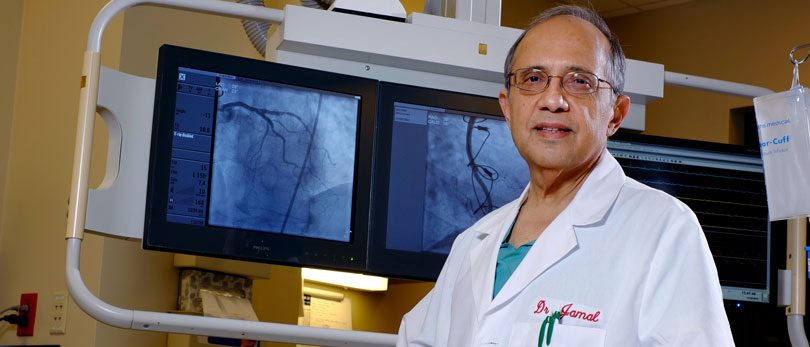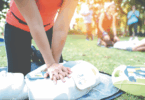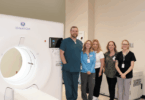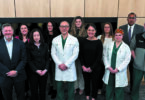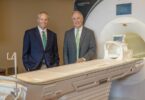UHS Wilson Medical Center is a noted leader in heart care, recognized as one of only 31 centers authorized to perform heart surgery in the state of New York and the only local hospital authorized to perform angioplasty. A recent example of UHS’ dedication to advanced heart care is its new approach to angioplasty, utilizing highly advanced equipment that recently gained FDA approval.
Angioplasty involves making a small puncture to insert and guide a tiny catheter with an attached balloon into a partially blocked or narrowed artery. Once in place, the balloon is inflated to open the artery and restore blood flow to the heart. When necessary, a stent may be inserted to hold the artery open.
If the artery is completely blocked by heavy, hardened plaque, a condition referred to as coronary artery chronic total occlusion (CTO), there is only a 50/50 chance that a routine angioplasty can break through the obstruction. Until recently, a failed angioplasty left only two choices: medication and/or a trip to the operating room for bypass surgery.
A new solution
Today, however, concentrated training and highly advanced equipment allow the cardiologists at UHS Wilson Medical Center to perform a slightly different type of angioplasty and successfully treat many more coronary artery chronic total occlusions. “The new technique and advanced instruments brought our success rate up to nearly 90 percent,” says UHS interventional cardiologist Nasiruddin Jamal, MD.
The procedure begins and ends like a traditional angioplasty, with the difference coming in the middle, Dr. Jamal explains. “The newer equipment lets me either go through the blockage or around the blockage.” In the latter case, Dr. Jamal threads the catheter with attached balloon through the artery lining just above the blockage and then re-enters the artery after the blockage. “At that point, the artery is opened with the balloon or stent, as with a traditional angioplasty.”
Once the procedure is complete, recovery is identical to the traditional angioplasty. “This can be done in our cath lab, with one overnight hospital stay and then a few days of rest,” Dr. Jamal says.
Promise kept
While this procedure takes a little longer than a traditional angioplasty and requires dedicated training to command full control of the new tools’ capabilities, Kim Pilarchik, UHS director of Cardiac Services, explains that mastering this alternative is a vital part of UHS’ promise to the community. “This is another solution we can provide so our patients do not need to travel elsewhere for leading-edge treatment,” she says. “They can stay right here in their own community and receive the care they need.”

